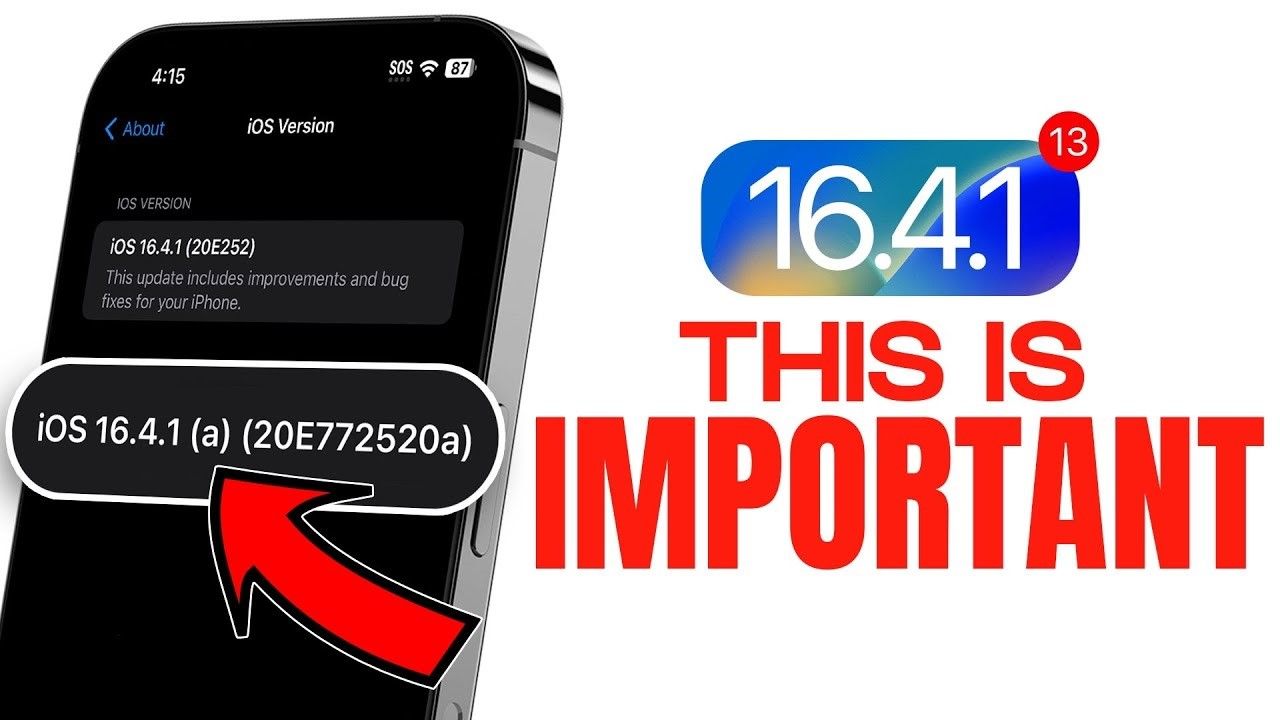iOS 16.4.1 (a): Apple Suddenly Releases 1st-Ever iPhone Rapid Security Response Update. Never can be too safe to update!
This is new. For the very first time, Apple has released a Rapid Security Response (RSR) update to iPhone users, with a corresponding RSR for the Mac. It represents a change in how Apple will launch smaller updates—as indicated by the number of this one. After iOS 16.4.1, you might legitimately have expected iOS 16.4.2 as the small update before iOS 16.5 lands.
But there are some things to think about with this release:
So What Do You Get?
Apple’s iOS 16.4.1 (a) comes with no release notes. In fact, all Apple has published is a general guide to Rapid Response Releases themselves:
Rapid Security Responses are a new type of software release for iPhone, iPad, and Mac. They deliver important security improvements between software updates — for example, improvements to the Safari web browser, the WebKit framework stack, or other critical system libraries. They may also be used to mitigate some security issues more quickly, such as issues that might have been exploited or reported to exist “in the wild.”
Apple-RSR
Apple iOS 16.4.1 (a) Opinion: Update
The problems with iOS 16.4.1 (a) revolve around its installation, but Apple should solve this over the next 24/48 hours. Moreover, it appears to be smooth sailing for those who have managed to update.
What is frustrating, however, is not knowing what the patch includes. A Rapid Security Response implies a serious security vulnerability has been discovered, but whether it is something that is potentially serious or being actively exploited, we simply don’t know. For most users, this won’t be a problem, but for those with lower trust levels, it may be hard to swallow.
If you do update your device, make sure you have everything backed up, Apps up to date. A reboot is suggested to make sure everything is well. Do not use any applications or browse any websites at this moment.
Updates like these typically want your device with power charging cable connected, and a reliable WiFi connection. Follow the on screen prompts.
Rapid Security Responses are a new type of software release for iPhone, iPad, and Mac. They deliver important security improvements between software updates — for example, improvements to the Safari web browser, the WebKit framework stack, or other critical system libraries. They may also be used to mitigate some security issues more quickly, such as issues that might have been exploited or reported to exist “in the wild.”
New Rapid Security Responses are delivered only for the latest version of iOS, iPadOS and macOS — beginning with iOS 16.4.1, iPadOS 16.4.1, and macOS 13.3.1.
By default, your device allows Rapid Security Responses to be applied automatically and, if necessary, will prompt you to restart your device. To check your device settings:
- iPhone or iPad: Go to Settings > General > Software Update > Automatic Updates, then make sure that “Security Responses & System Files” is turned on.
- Mac: Choose Apple menu > System Settings. Click General in the sidebar, then click Software Update on the right. Click the Show Details button
 next to Automatic Updates, then make sure that “Install Security Responses and system files” is turned on.
next to Automatic Updates, then make sure that “Install Security Responses and system files” is turned on.
When a Rapid Security Response has been applied, a letter appears after the software version number, as in this example: macOS 13.3.1 (a).
If you choose to turn off this setting or not to apply Rapid Security Responses when they’re available, your device will receive relevant fixes or mitigations when they’re included in a subsequent software update.





